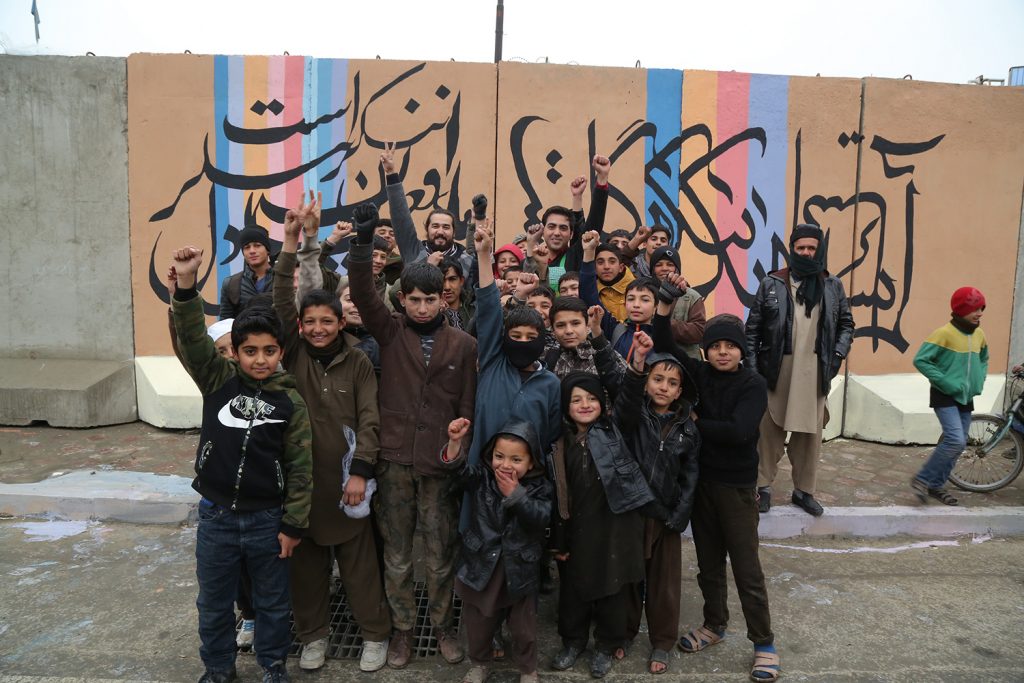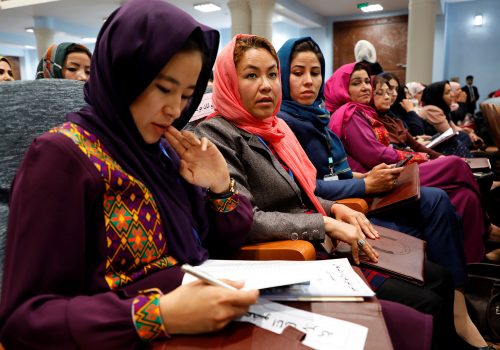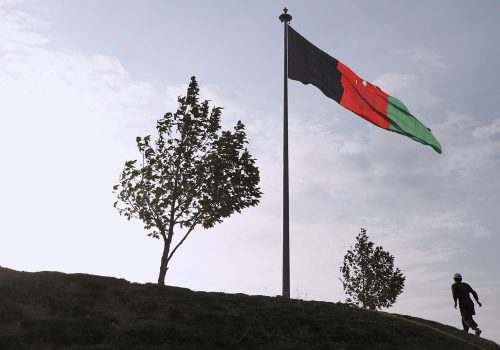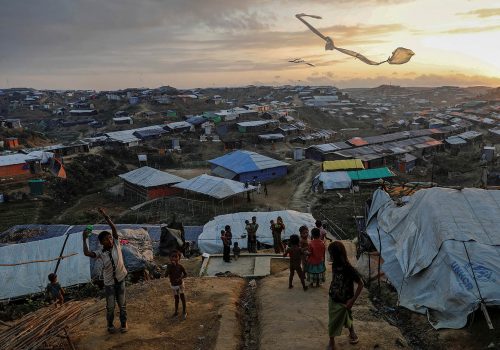I was ten years old and at school with my younger brother when my father rushed in and collected us in a panic: the fighting had started in Afghanistan. When we reached home, the sounds of explosions, fighter jets, and machine-guns were so frightening that I had to pull the blanket over me to try to drown out the reality of the horror overwhelming my small, fragile world. Years later, I painted a mural of the haunting memories of that day.
Art can be used as an outlet for self-expression, but also as a tool to advocate for human rights. Before my friend and fellow activist Omaid Sharifi and I co-founded ArtLords—an award-winning grassroots movement using art for social change and one of the incubator partner organizations of the Innovation for Change (I4C) South Asia Hub—I was a media company director and Omaid had set up a civil society organization (CSO). Afghanistan is known for its “druglords” and “warlords” but we wanted to reclaim the term through our new organization’s name “ArtLords.”
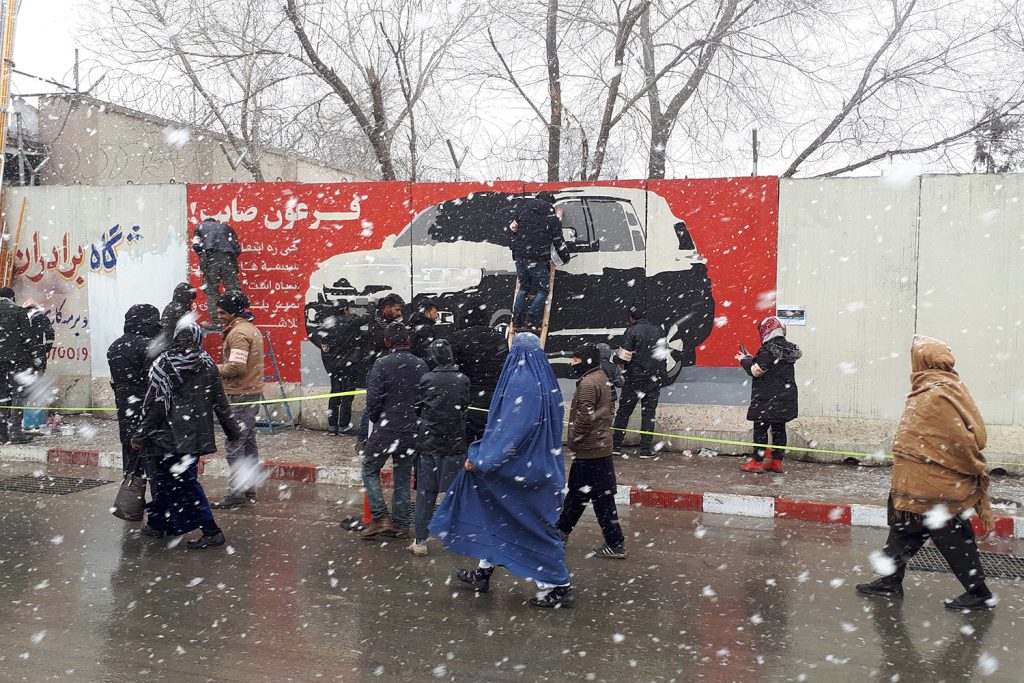
Kabul is littered with thick concrete walls to protect civilians from suicide bombers, car bombs, and other extremist attacks. Many Afghans have sadly become used to losing our friends and families to violence, including Omaid’s sister-in-law Natasha, who worked for the country’s human rights commission, in July 2020. The T-shaped slabs on the walls around us offer protection, but also serve as a brutal reminder of the continued political unrest and brutality Afghans have suffered for forty-one years. But Omaid and I also saw the potential for beauty in the blank concrete. Over the past six years, ArtLords has created vibrant murals to remind the city of its humanity, rather than just its insecurity.
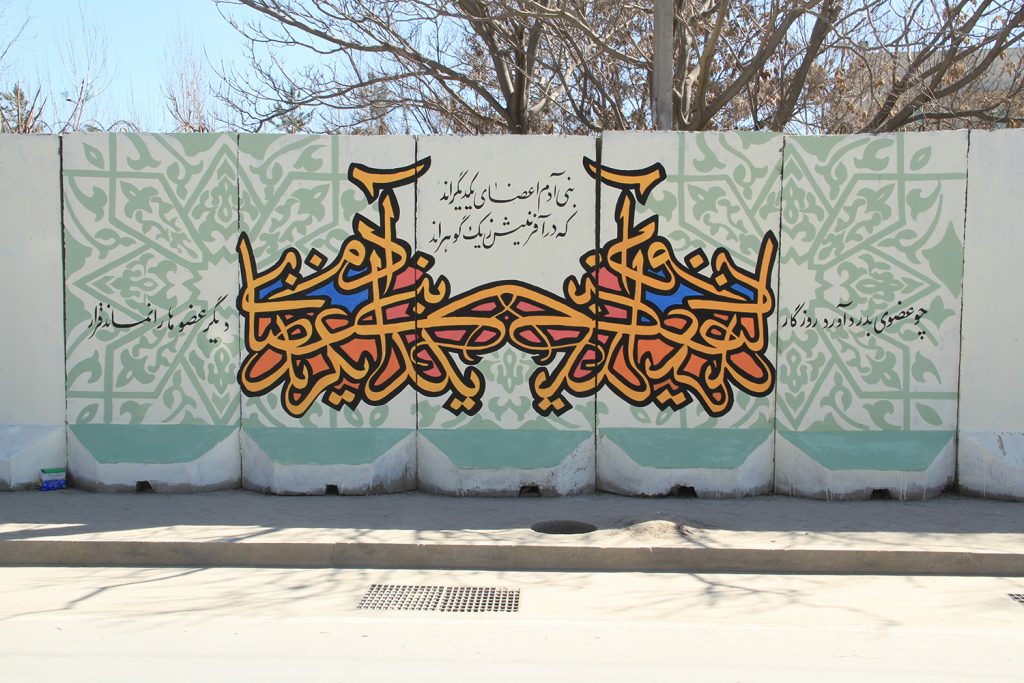
“Artivism” bridges art and activism; we are artists and activists equally. One of the primary roles of civil society is to connect the ‘ordinary people’ with their governments, so we work with members of the public, teaching them how to paint and showing them that by holding a brush they can make a statement about corruption and the other issues impacting civic space in Afghanistan and beyond. As Omaid told a recent virtual discussion when he represented South Asia during International Civil Society Week (ICSW) 2020: “With art, you’re healing yourself and you’re healing the people who engage with you. Together you can reintroduce positive narratives or change the narratives.”
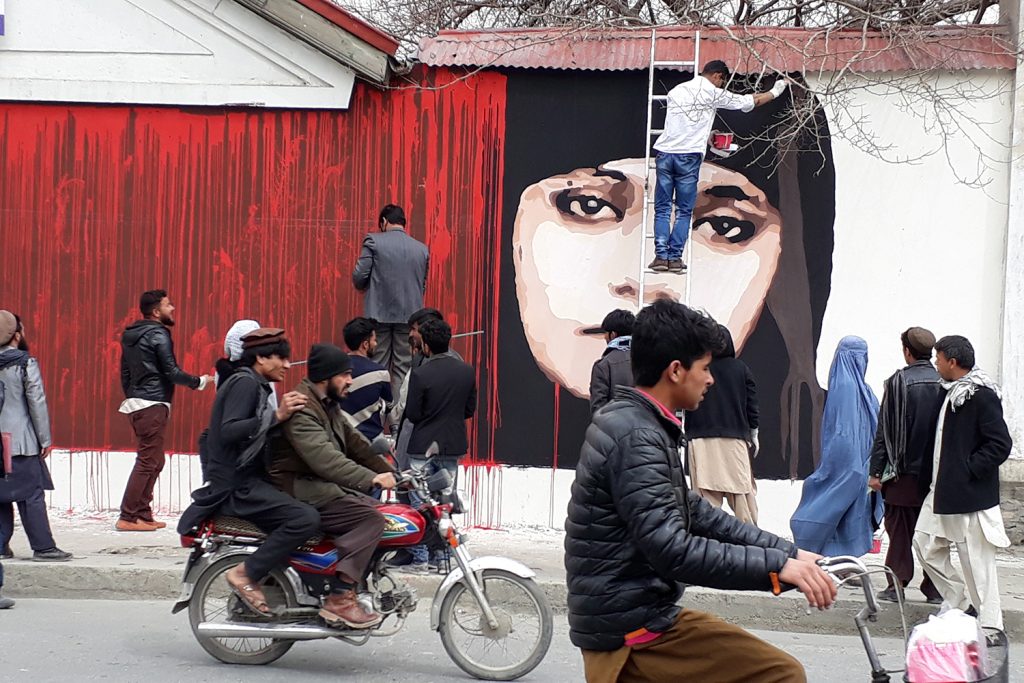
Ripples of inspiration
Civil society organizations in South Asia face numerous challenges including harassment, attacks on and prosecution of human rights defenders (HRDs) and journalists, lack of funding opportunities, censorship, and a tarnished image. Two years ago in Colombo with the South Asia Hub, ArtLords united and led forty-five youth “artivists” from Afghanistan, Pakistan, India, Bangladesh, Nepal, Bhutan, Maldives, and Sri Lanka, for the Hub’s first regional arts lab #YouthSpaceSouthAsia.
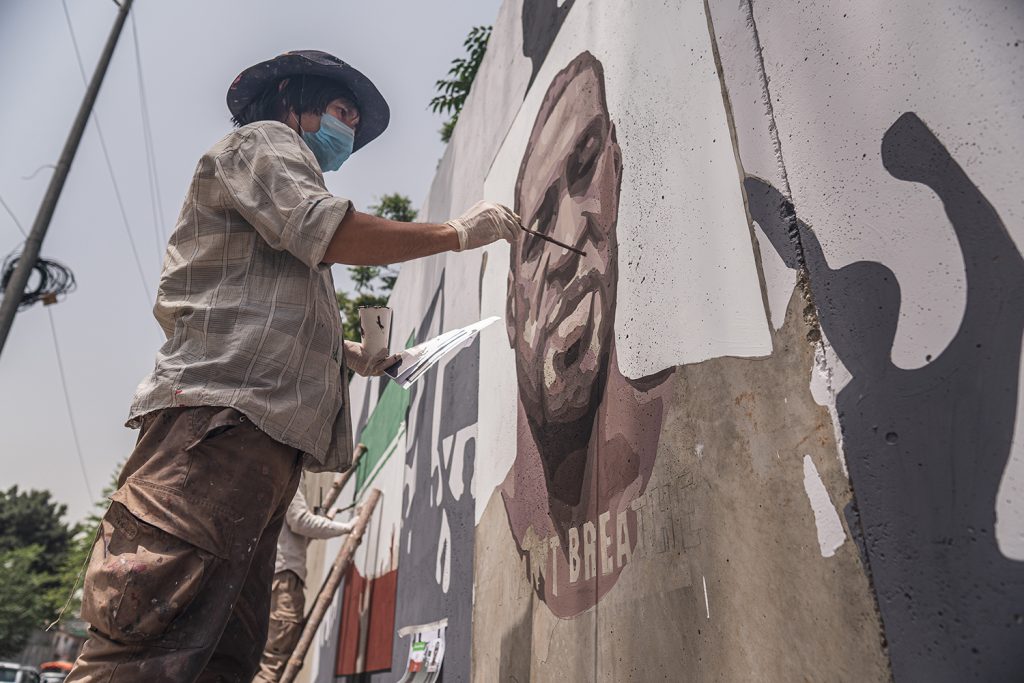
For some artivists, it was their first time leaving their town, let alone their country. Artivists created colorful works depicting a social problem and a corresponding solution to hang on the Colombo streets, composed and belted out songs during an Open Mic night, and launched digital campaigns through music during the three-day event, which equipped activists with new art-driven skills to express themselves through graffiti, music, and street theatre. Indian hip hop artist Sofia Ashraf, whose videos on YouTube have garnered millions of views, led an energetic session demonstrating how rapping can motivate social action. The event also included discussion of social issues such as sexual education and gender exclusion.
The lab had a ripple effect in South Asia, as three young Bhutanese artivists later joined forces with others in a street festival in the country to promote youth inclusion, freedom of expression, peace, and creativity. They and other artists now have a safe network to discuss and put into place strategies to overcome restrictions while taking inspiration from each other.
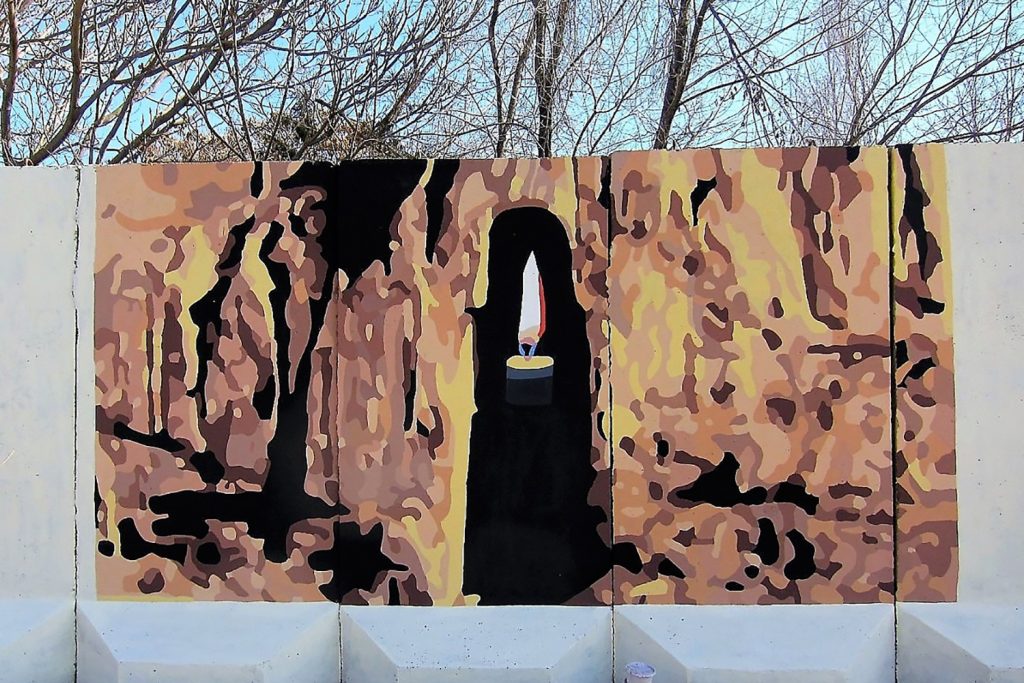
The powerful work of CSOs, HRDs, and artists, plus social entrepreneurs across the region is now being showcased further through a seasonal magazine produced and distributed by Artlords as part of the See Me Campaign, launched in June 2020. It will connect local civil society storytellers with artivists to creatively share their work in South Asia, amplifying their voices. It’s important to highlight the work of CSOs on the ground in the region and the value that they bring to people’s daily lives, but to also connect with others beyond these groups. HRDs and activists are behind so many of society’s changes but are also are in great in danger as they’re challenging the status quo. But in Afghanistan, we must also re-define civil society’s role, as some people are abusing the sector to secure government positions.
Through art, we can share the untold stories of the civil society, win back the hearts and minds of our fellow citizens, and send a clear message that activism in South Asia is vigorous and flourishing, and—in a region that continues to face many challenges—demonstrate that change is possible.
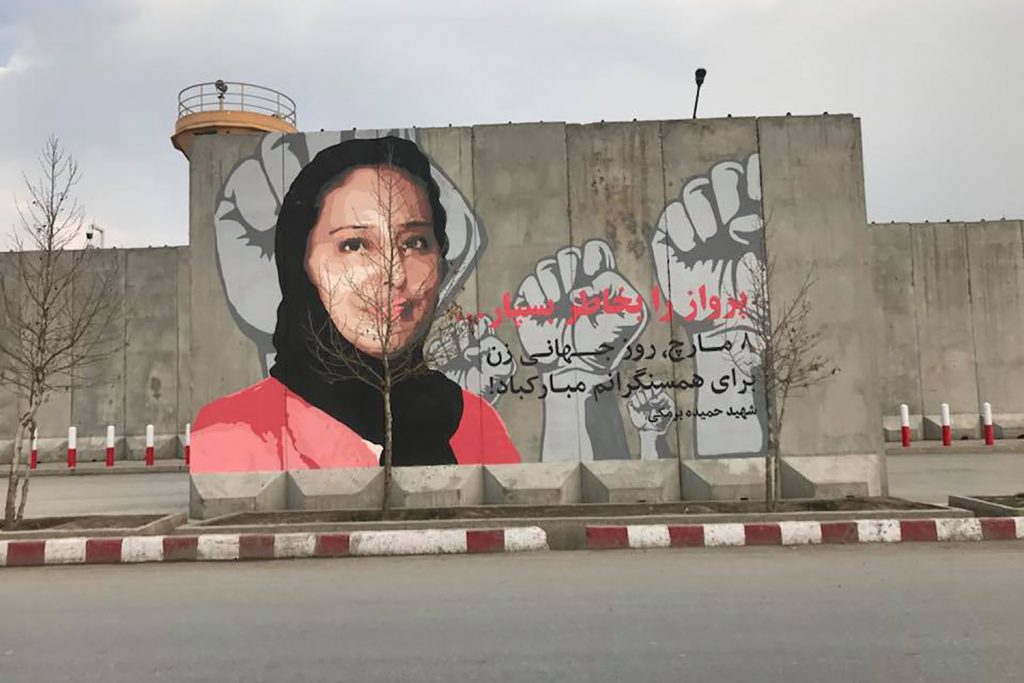
Kabir Mokamel is the co-founder of ArtLords.
Omaid Sharifi is a Millennium Leadership Fellow with Atlantic Council, Asia Society 21, and American Foreign Relations Council/Rumsfeld Fellow and co-founder of ArtLords.
Further reading
Image: Omaid Sharifi, co-founder and president of Artlords with Mujib u Rahman Arez, host of the Mehman Yaar show on Afghanistan’s TOLO TV, painting a mural with kids as part of the group’s Silk Road initiative to encourage cultural collaboration between Afghanistan, Pakistan and India, in 2016. Photo: Artlords.
